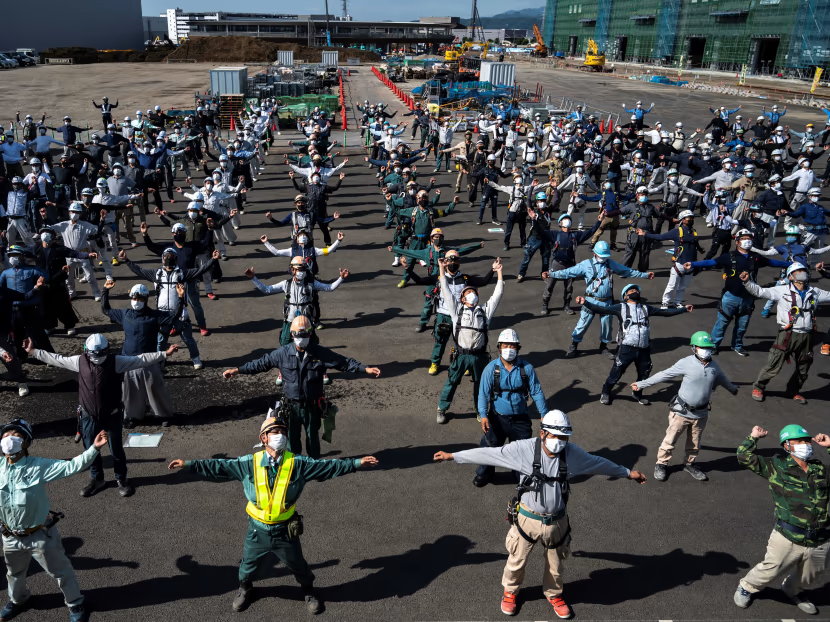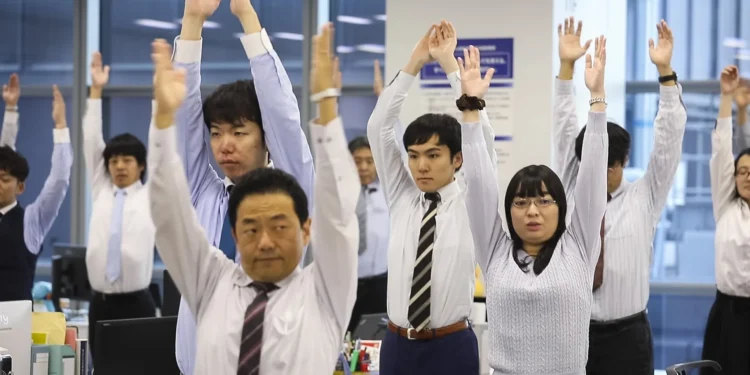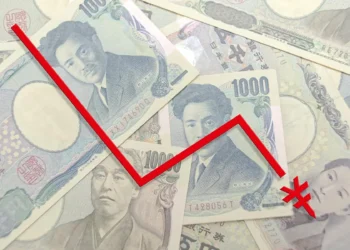No products in the cart.
The Tradition Of Japanese Morning Work Stretches
The Origins Of Japanese Morning Work Stretches
Japanese morning work routines, known as radio taiso, began in the 1920s as a government effort to improve public health. Inspired by group calisthenics in the United States, Japan introduced short routines broadcasted on the radio. By the post-war era, this practice spread to schools, neighborhoods, and workplaces. Companies embraced the routine as a way to keep employees healthy, synchronized, and mentally prepared for the workday.
The Structure Of Japanese Morning Work Stretches
Japanese morning work routines are short but structured. They usually last around three minutes and involve a series of simple, repetitive motions. Movements include arm swings, backbends, light squats, and side stretches. Everyone in the company, from managers to factory workers, joins in the same motions. This uniformity is meant to build a sense of equality and teamwork within the workplace.
Health Benefits Of Japanese Morning Work Stretches
The practice is not only cultural but also practical. Japanese morning work routines help reduce stiffness and lower the risk of injury during the day. Especially in industries with physical labor, the exercises act as warm-ups. Even in office settings, they improve circulation and posture. Companies view this as a preventive measure to lower medical costs and improve overall employee wellness.
Japanese Morning Work Stretches As A Form Of Discipline
Beyond health, Japanese morning work routines function as a form of workplace discipline. They represent punctuality, order, and dedication to the group. By starting the day with synchronized movement, companies establish a sense of unity. Employees learn to align themselves with the rhythm of the group, reinforcing the idea that the company operates as one body.
Cultural Meaning Behind Japanese Morning Work Stretches
In Japan, group harmony is highly valued. Japanese morning work routines symbolize this harmony. The act of moving together reflects the deeper cultural value of was, or collective peace. Unlike individualistic approaches seen in some other countries, Japanese workplaces emphasize that success comes from working as a unified whole. Morning stretches visually and physically reinforce this belief.
How Japanese Morning Work Stretches Differ From Other Countries
Workplace exercises are not unique to Japan, but their integration into daily routines is. In most Western countries, stretching is optional or encouraged individually. In Japan, it is often mandatory and performed in unison. The group aspect distinguishes Japanese morning work routines from similar health programs elsewhere. The exercise routine is as much about community building as it is about fitness.
Criticism And Changing Perspectives
Not everyone in Japan embraces the practice. Some younger workers view Japanese morning work routines as outdated. In modern corporate settings, especially among tech companies, the ritual is seen as unnecessary. There are also debates about whether mandatory participation infringes on personal freedom. Still, many traditional companies, factories, and schools continue the practice as part of their identity.
The Role Of Media And Radio In Japanese Morning Work Stretches
Radio has played an important role in spreading this tradition. For decades, national broadcasts of radio taiso reached millions of households and workplaces every morning. Even today, many companies use recordings or live broadcasts to synchronize their routines. This national connection further ties the stretches to a collective cultural memory, keeping the tradition alive across generations.
Japanese Morning Work Stretches In Schools And Communities
Beyond workplaces, Japanese morning work routines remain common in schools and local communities. Children are taught the routines early, and summer programs often encourage morning exercise sessions in neighborhoods. This creates continuity from childhood to adulthood, ensuring that the practice is understood as a shared cultural ritual rather than simply a workplace requirement.
The Global Perception Of Japanese Morning Work Stretches
Foreigners who encounter Japanese morning work routines often see them as uniquely Japanese. For many, the idea of starting the day with a synchronized routine feels unusual but also fascinating. Some international companies operating in Japan adopt the practice to align with local culture. Others see it as an example of how Japan blends health, discipline, and group identity into everyday work life.
Conclusion: The Lasting Impact Of Japanese Morning Work Stretches
Japanese morning work stretches are more than just light exercises. They reflect Japan’s approach to health, discipline, and harmony in both work and community life. While the practice has faced criticism and adaptation in modern times, it continues to represent a unique cultural habit that shapes how the Japanese begin their day. The legacy of radio taiso ensures that Japanese morning work stretches will remain an enduring part of the country’s social fabric, linking health with collective identity.











